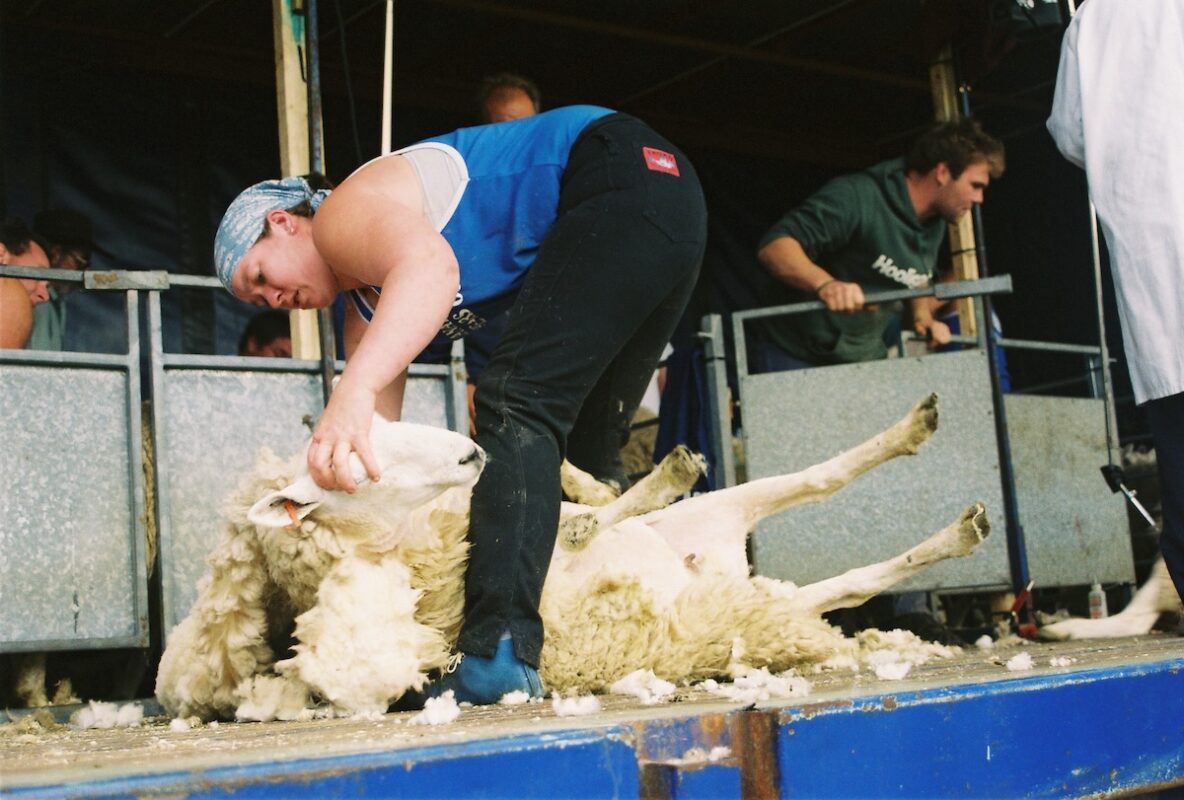Distancing in schools

Following the Prime Minister’s announcement about reducing the need for social distancing in public places, today’s Education in the Media looks at why school pupils do not need to be kept apart in the classroom.
During the coronavirus outbreak, primary schools have remained open, initially only to vulnerable children and the children of critical workers, but since 1 June they have opened more widely to pupils in reception, year 1 and year 6. Primary schools also have the flexibility to invite more children in other year groups back where they have the capacity to do so, while maintaining protective measures and groups of no more than 15.
Within their groups, primary schools do not need to keep children 2 metres apart from each other – this has been the case throughout the outbreak. We recognise that this is not possible, particularly with younger children, and by limiting groups to 15 children and employing other measures to make sure these groups do not mix, the need for physical distancing is reduced
As the Education Secretary, Gavin Williamson, has said, over the coming weeks we will publish further information and guidance to help schools prepare for a full return in September. We are working across Government and with the sector to ensure these plans are fully in place so that this can happen.
A DfE spokesperson said:
“This move will give more heads and teachers confidence to maximise capacity within classrooms, ahead of all pupils returning from September.
“Primary pupils do not and have not needed to be kept apart in the classroom, and we are encouraging primary heads to use the capacity they have and the flexibility we have given them to bring more groups of children back into school, if they can work within the protective measures.
“Primary schools should continue to operate in groups of no more than 15 and secondaries should not exceed 25% of Year 10 and Year 12 pupils in at any one time.”
While it remains the case that people should maintain a two metre gap between themselves and others in public places, the department has always made clear that we know this is not always going to be possible for younger children. Public Health England reports that while general groups should be kept apart, brief contact among children remains low risk.
It is important to reiterate that while effort should be made to maintain distancing between pupils, the key is for schools to introduce a range of protective measures to safeguard their pupils. We also know that every school is different and circumstances will vary in each, therefore we understand that flexibility is needed.
By introducing measures such as reducing the size of classes, keeping children in small groups and frequently cleaning classrooms, schools can ensure they minimise risk.
A Department for Education spokesperson said:
“Being in school is vital for children’s education and their wellbeing, which is why we are working to get all pupils back into classrooms by September.
“We know that young children cannot be expected to follow social distancing in schools, and our guidance is clear schools should implement a range of protective measures, including reducing the size of classes and keeping children in small groups.
“We have worked constructively with schools, councils and unions for the last 11 weeks, and that will continue as we seek to bring all children back in September.”












Responses